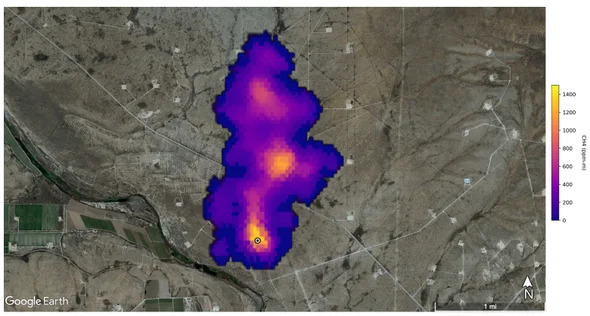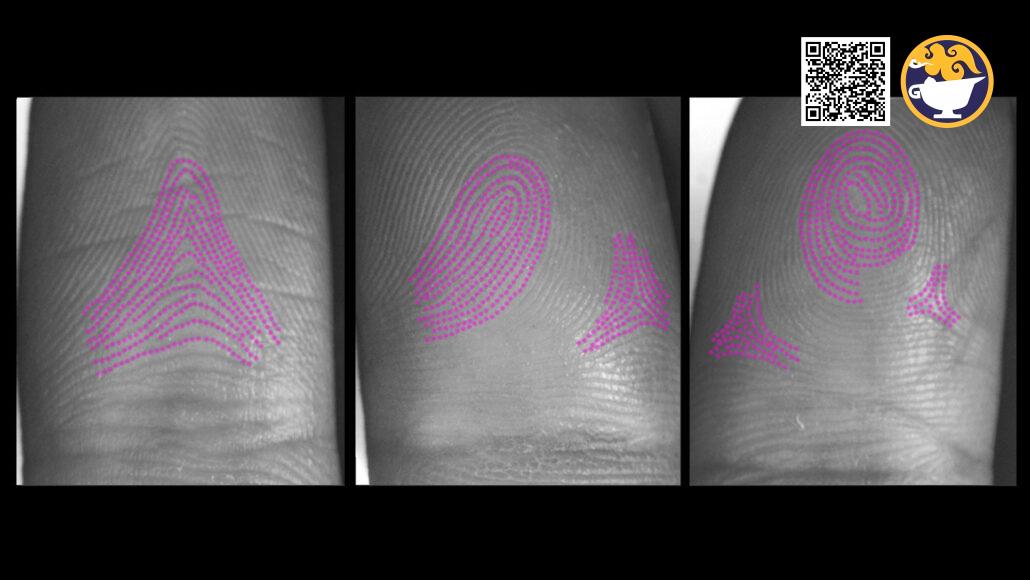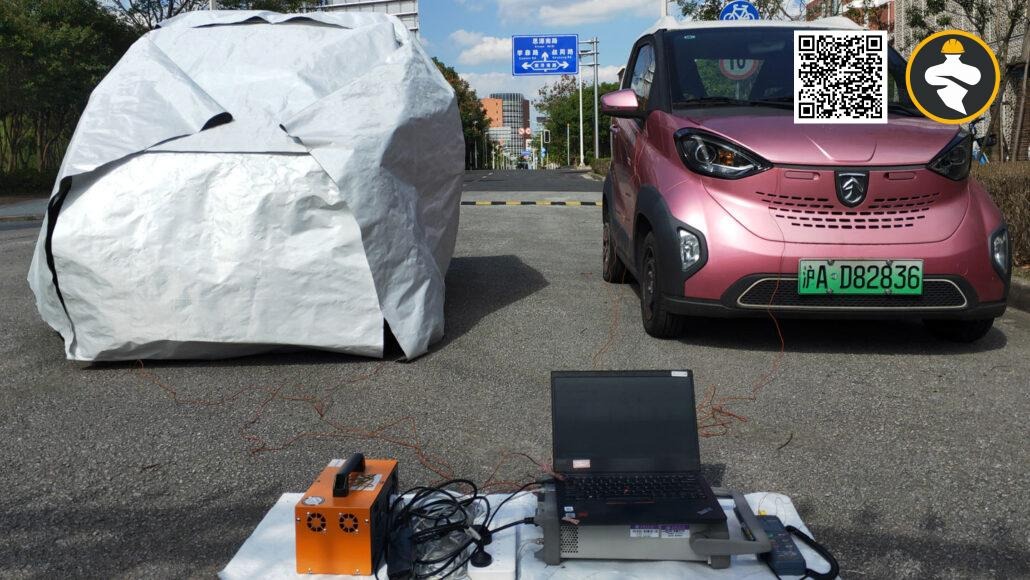Methane is a powerful greenhouse gas that is nearly 80 times more potent than carbon dioxide. Scientists are using a powerful eye in the sky to detect methane “super-emitters.”
The Earth Surface Mineral Dust Source Investigation instrument, or EMIT for short, is that observer. Since being placed on the outside of the International Space Station (ISS) in July, EMIT has been measuring the chemical composition of dust throughout Earth’s desert regions, assisting researchers in understanding how airborne dust influences climate.
The mission of EMIT’s primary objective is that. But, as NASA officials revealed on Tuesday, it’s also making another, less anticipated contribution to climate studies (Oct. 25). More than 50 massive methane gas plumes that trap heat have already been discovered by the equipment.
Methane emissions must be controlled if global warming is to be prevented. NASA Administrator Bill Nelson issued a statement in which he said that this innovative new breakthrough “will not only assist researchers better pinpoint where methane leaks are originating from, but also provide insight on how they might be addressed—quickly.”
Nelson continued, “NASA’s more than two dozen satellites and instruments in space, including the International Space Station, have long proved essential in determining changes to the Earth’s climate. To quantify this powerful greenhouse gas and stop it at the source, “EMIT is proving to be a key tool in our toolbox.”
EMIT is an image spectrometer made to recognize the chemical signatures of various minerals found on the surface of the Earth. A lucky accident of sorts led to the discovery of methane as well.
EMIT lead researcher Robert Green of NASA’s Jet Propulsion Laboratory (JPL) in Southern California said during a press conference on Tuesday in the afternoon, “It turns out that methane also has a spectral signature in the same wavelength range, and that’s what has allowed us to be sensitive to methane.”
During the Tuesday media call, Green and other EMIT team members provided some examples of the instrument’s sensitivity. For instance, the sensor picked up a plume of methane, often known as natural gas, in the sky over an Iranian landfill that was at least 3 miles (4.8 kilometers) long. According to the researchers, this recently discovered super-emitter is pouring 18,700 pounds (8,500 kilograms) of methane into the atmosphere per hour.

That’s a lot, but it’s nothing compared to a group of 12 super-emitters that EMIT discovered in Turkmenistan and which are all connected to the oil and gas industry. Together, these plumes, some of which are up to 20 miles (32 km) long, are adding 111,000 pounds (50,400 kg) of methane to the atmosphere of Earth every hour.
That is equivalent to the peak rates of one of the biggest methane leaks in American history, the Aliso Canyon leak. (The Aliso Canyon event, which took place at a methane storage facility in Southern California, wasn’t fully plugged in until February 2016; it was first discovered in October 2015)
All of these super-emitters were discovered by EMIT fairly early on, during the instrument’s checkout phase. As a result, it should contribute considerably more once it is fully operational and as scientists become more accustomed to the instrument’s capabilities, according to the team.
For the purpose of tracking greenhouse gases, Andrew Thorpe, a research technician at JPL, remarked during the press briefing on Tuesday that “we are really only scratching the surface of EMIT’s possibilities.” By identifying these emission sources, EMIT has the potential to significantly reduce emissions from human activities.
Reference: Mike Wall, SPACE.com, 2022 Space.com @ ScientificAmerican.com











Thank you.
For the past 2 years, I have notice an Extreme increase of dust and time acceleration.
Dust as in household, everyday chore, sweeping, mopping, etcetera.
4 vacuums and 5 rug cleaners used until defective, is no match.
I have measured the amounts, and am astonished by results.
There seems to be a fiber also that accumulates, but more so after process of swift current pull with consumer level vacuum, a hair type.
Hair does not match household shedders, human or dog.
Wind blowing directions have changed to opposite at times.
Difference with agricultural behavior, tree, produce, and fungus have been noticable.
I appreciate the knowledge.